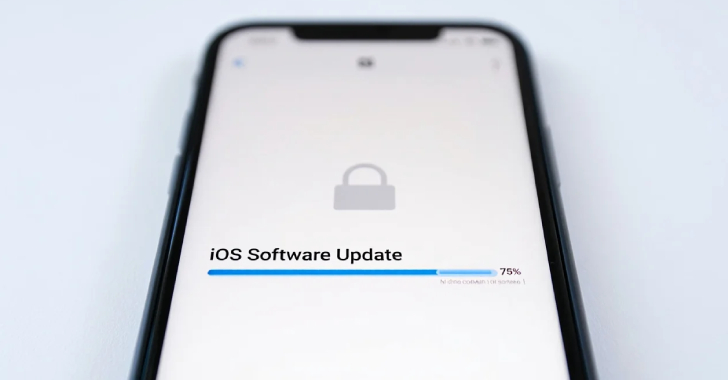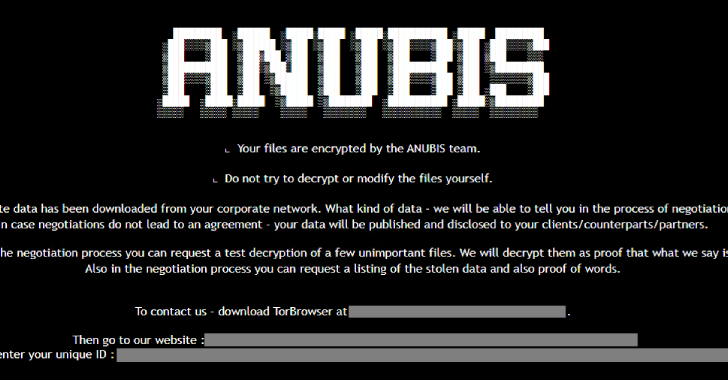Apple on Monday backported fixes for three vulnerabilities that have come under active exploitation in the wild to older models and previous versions of the operating systems.
The vulnerabilities in question are listed below –
CVE-2025-24085 (CVSS score: 7.3) – A use-after-free bug in the Core Media component that could permit a malicious application already installed on a device to elevate






